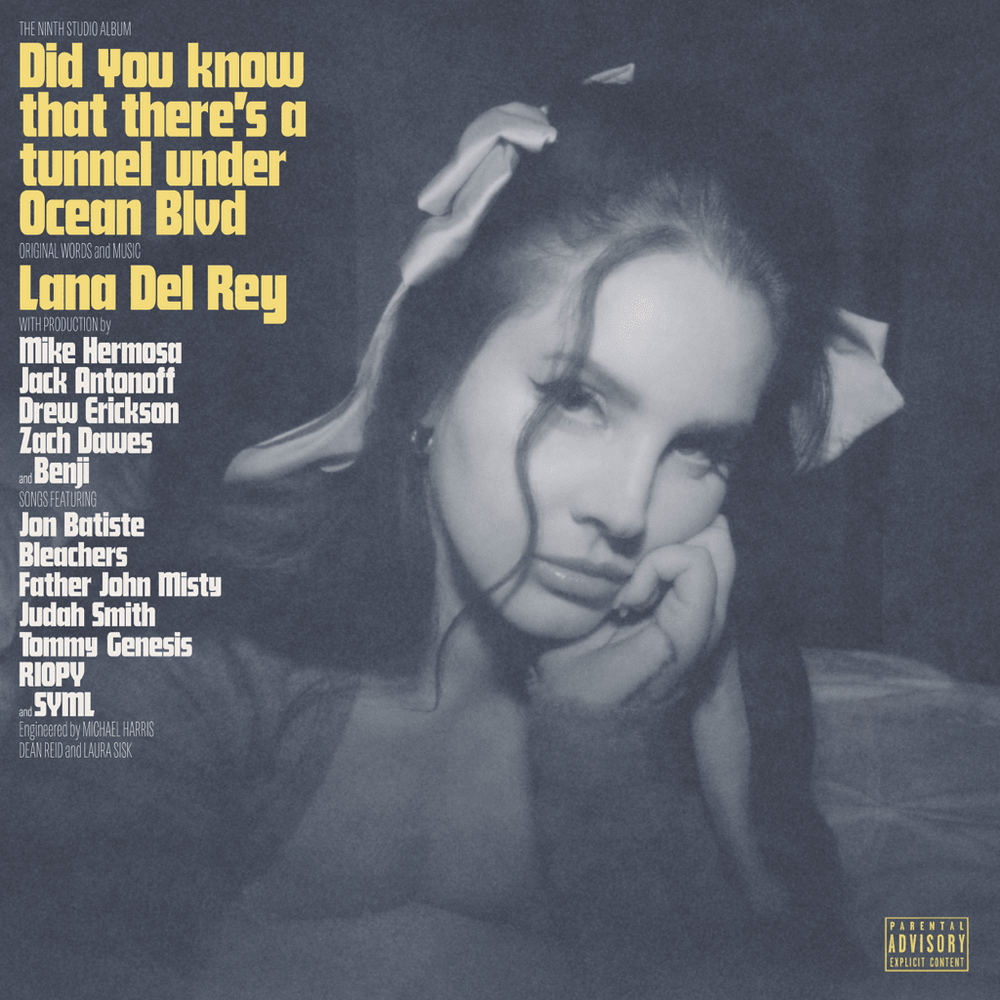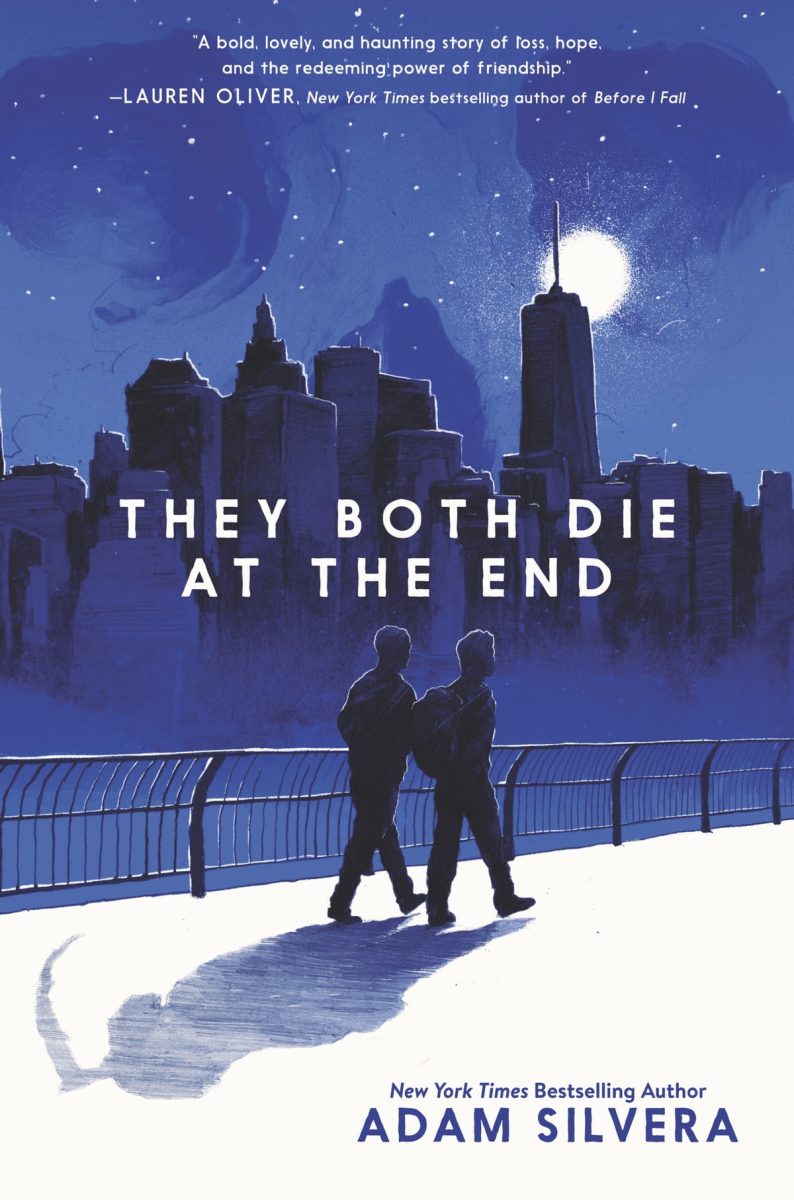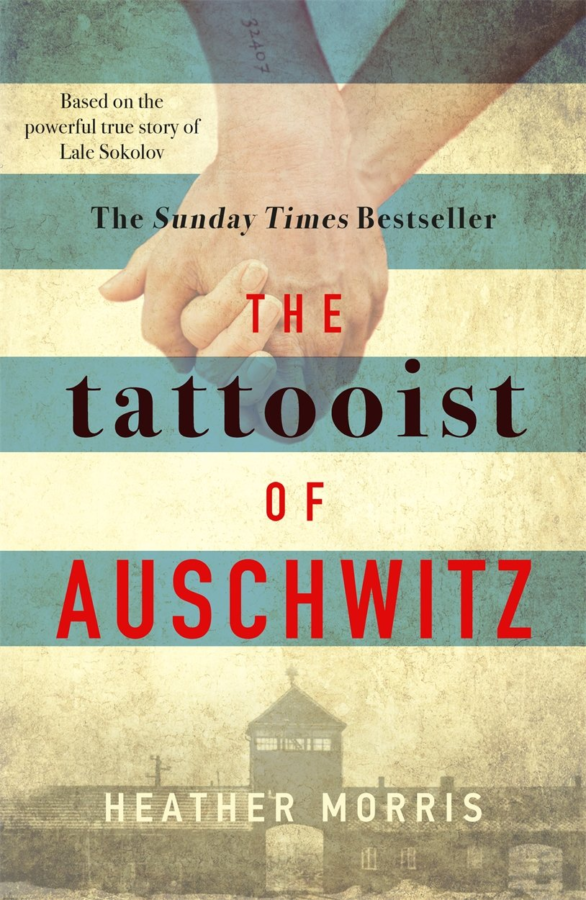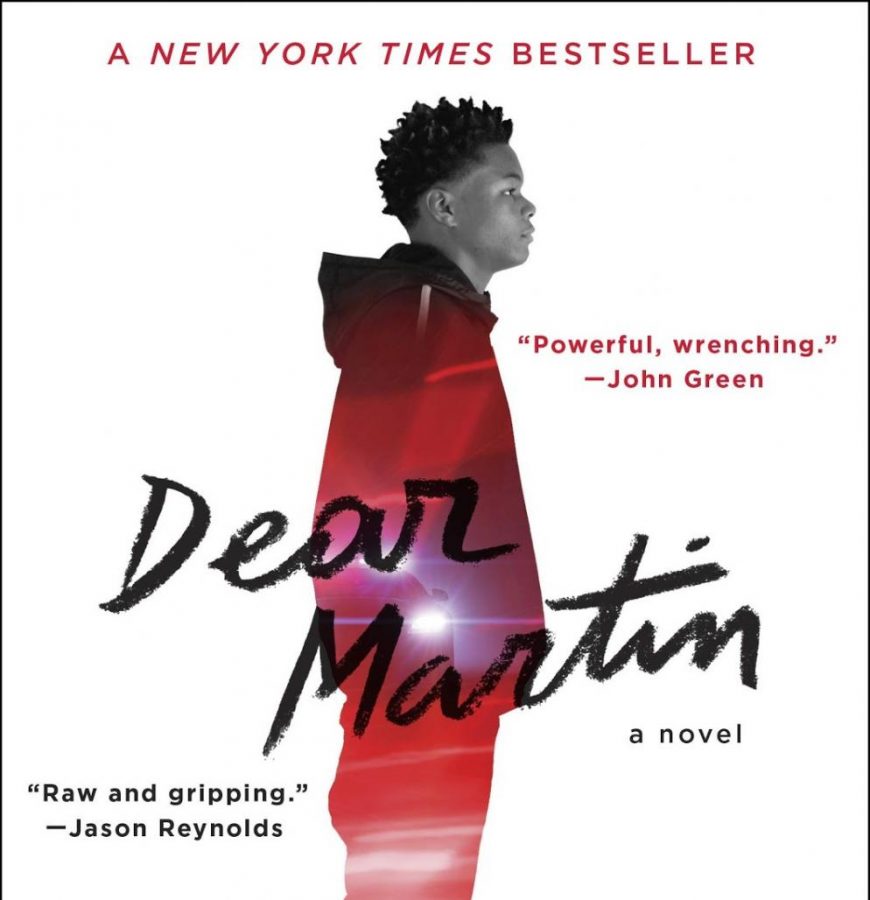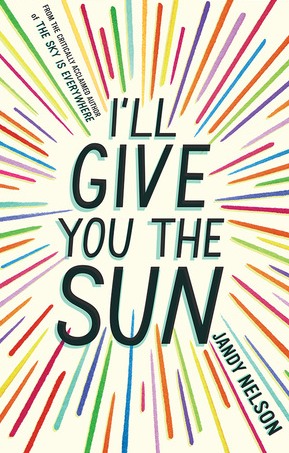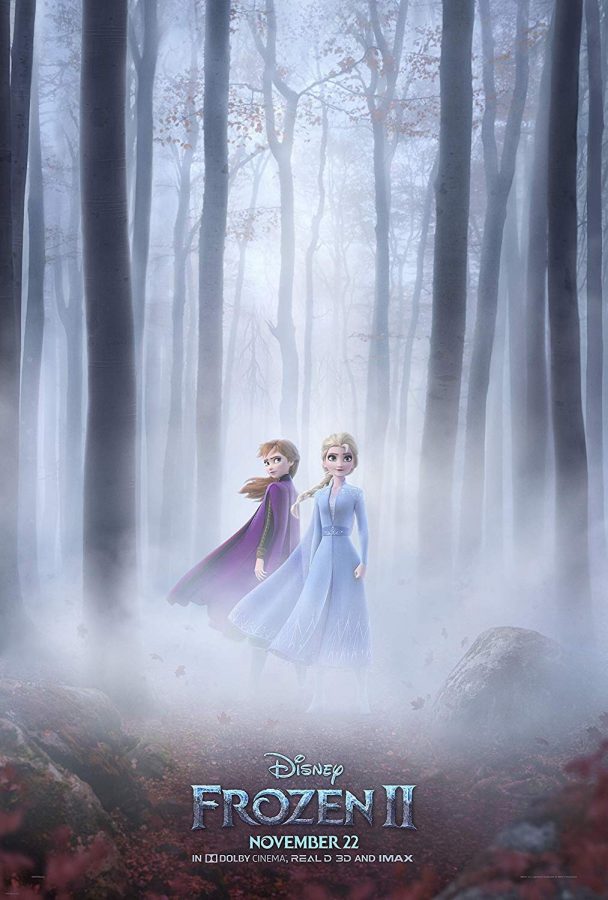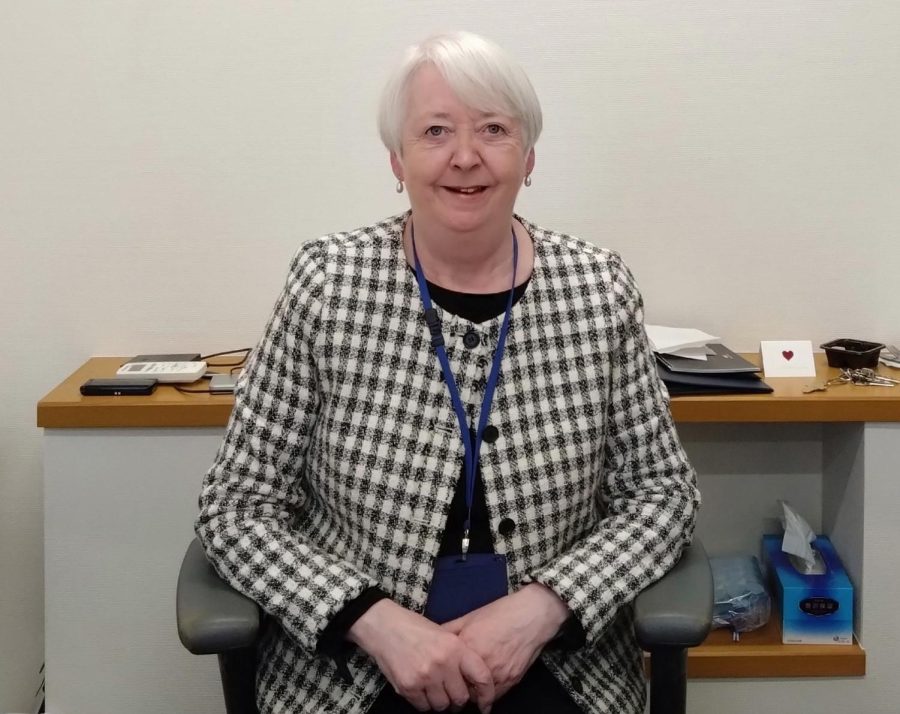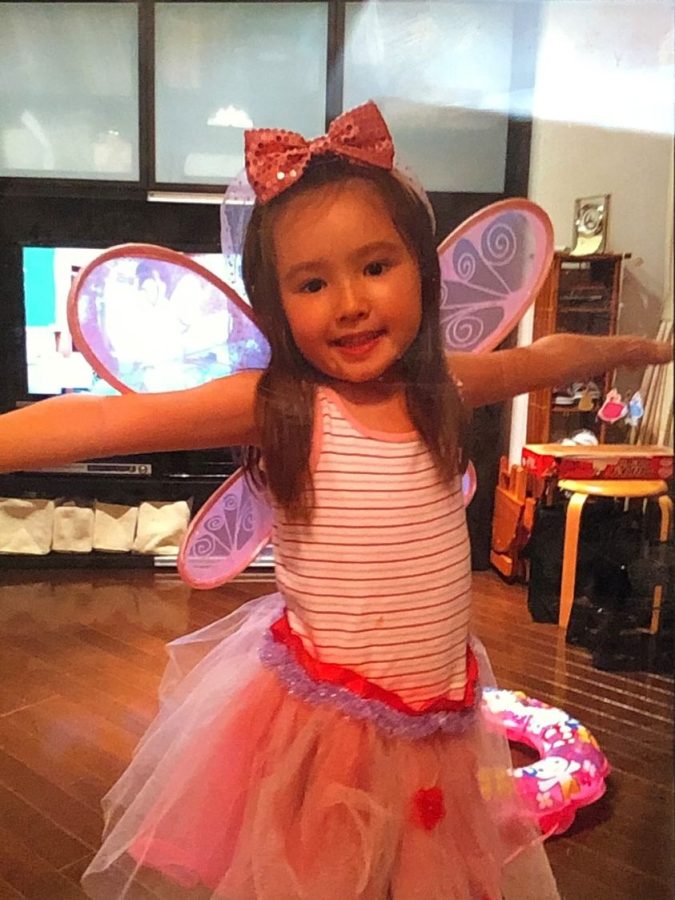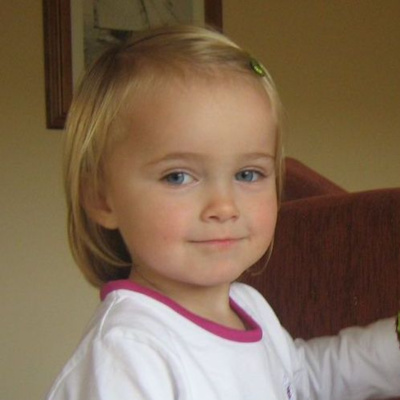What happens when you put a princess, athlete, criminal, brain, and a basket case in the same room for a day? The Breakfast Club (1985) unfolds its story with five polarizing characters entering Shermer High School for a morning detention. At first, the misfits share no affinity for each other — until they realize they just might have more similarities than they thought.
Directed by John Hughes, “The Breakfast Club” (1985) is a hallmark of coming-of-age movies birthed by the eighties. The movie introduces five iconic protagonists: Claire the prom queen, Andrew the wrestling jock, John the daredevil rebel, Brian the jittery nerd, and Allison the quiet outcast. As long hours of oppressive monotony in detention spark conversations between characters, the initial hostility that segregated the characters starts to diminish.
At first glance, the film appears to be yet another frivolous teen movie cliché: mismatched high school personas forming unexpected friendships, learning not to judge a book by its cover. It’s pretty banal.
But the film utilizes simplicity to its advantage. It transforms a threadbare concept into a fresh approach to the realities of the teenage experience, rejecting sugar-coated stories of high school life. Throughout the 1 hour and 37 minutes running time, a majority of the film is spent inside the school library with candid dialogues bouncing back and forth between the five characters. So there’s a striking lack of dramatic subplots that usually keep the audience captivated: it’s just five teens, stuck in a library, bickering with each other. Yet the absence of special effects or action within the movie is what bolsters intimacy and relatability for the audience, who are not pressured to sit on the edge of their seats and anticipate what comes next. They are instead invited to witness the heartwarming story of five characters slowly befriend, fall in love, and understand each other.

As the film progresses, the five teens build solidarity through mutual hatred for the stiff-necked detention supervisor Vernon, who is also the main antagonist. Together, they devise pranks on Vernon and have each other’s backs when caught red-handed for delinquencies. One unexpected hero of the bunch, John, even sacrifices himself to save the others from getting caught sneaking out of the library, breaking away from his stereotypical criminal persona.
In one of the most groundbreaking scenes of the movie, each character spits out confessions about their personal struggles. Claire despises the position of being a “popular girl” and the sheer pressure to fit in with her clique. John presents himself as a tough guy in school but faces problems at home with his alcoholic father who abuses him physically and verbally. Andrew struggles under his dad’s demands to be the perfect athlete and can’t decide things for himself. Allison is ignored in both her household and in school, causing her to act unhinged to get attention. Brian is tormented by his parents’ academic expectations and maintaining impeccable grades to satisfy them, leading to an attempted suicide.
Each character represents an extreme stereotype of individuals you may encounter during your high school years. Instead of exploiting overused archetypes to create something bland, “The Breakfast Club” chooses to delve into the often invisible struggles of growing up. And perhaps that’s why modern viewers who watch this movie feel so comforted by its timeless authenticity. In a world where teenage communications are debased by social media and the tendency to hide imperfections, opting for a genuine, face-to-face conversation with someone you never thought you’d connect with may bring unforeseen benefits. “The Breakfast Club” teaches viewers to defy stereotypes and shallow judgments – whether they are imposed by high school, adults, or society – and discover one’s own unique identity.
The princess, athlete, criminal, brain, and a basket case all manage to deliver a sincerity that previous coming-of-age movies lacked. What’s more, the struggles of the five teens still resonate with viewers today, almost 40 years after the release of the movie. Breakfasts can get stale, but a heartfelt story cannot.




















